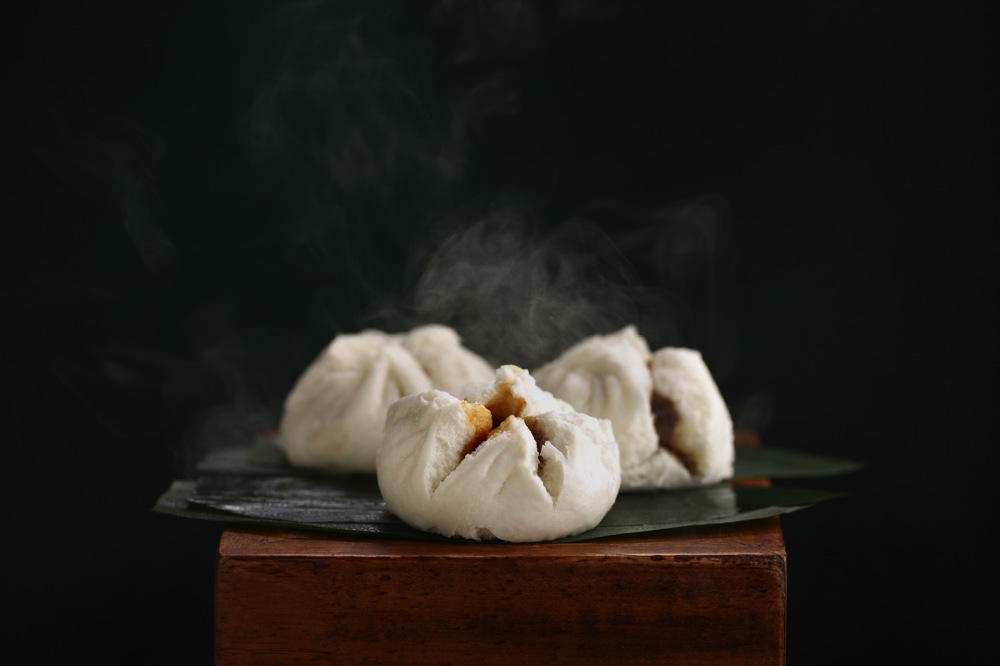Doctors and nutritionists say breakfast is the most important meal of the day. It should provide all the nutrients to kick off our activities with the right dose of energy. Indeed, research has shown that people who skip breakfast are more likely to have problems with concentration, every levels, metabolism and weight control.
By Chiara Sassu Chiara’s Coffee Table
A typical north Indian breakfast may either be a Roti served with a vegetable curry, curd and pickles; in rural Cuba, farmers eat roasted pork, beans with white rice, café con leche and cuajada sweetened with caramel. Whilst brioches and other pastries such as croissants, pains au chocolat (chocolatine) and pains aux raisins are traditional breakfast items of the French. In the United States it often consists of some combination of hot or cold cereals, eggs, bacon and sausages, pancakes or waffles, together with hot coffee, tea and different juices.

But southern China definitely gets the prize for the most delicious and varied breakfast options around – because of the food, of course, but also because it is something families, from grandparents to newly-born, gather for in amazing restaurant specialised in 点心[diǎnxīn] or dim sum. In these restaurants, busy and noisy halls are filled with big round tables and dishes are pushed around the restaurant in steam-heated carts, with waiters in white aprons offering the dishes directly to customers.

A traditional dim sum breakfast includes various types of steamed buns and rice noodle rolls that can contain beef, chicken, pork, prawns and vegetables. Other dishes are stir-fried green vegetables, roasted meats, congee porridge and other sweet or savoury soups. Many places also offer dessert dim sum, which is the legendary egg tart with custard filling.
Tea plays a very important role – the type of tea you want to drink is usually one of the first things the waiter would ask you while taking the order. So you’d better be ready. Chrysanthemum tea (flower-based), green tea (not-fermented leaves), oolong tea (partially fermented leaves) and bo-lei tea (long-fermented leaves) are all valid options and they are all served out of a steaming pot and drunk incredibly hot.

Dim sum is nowadays consumed in Singapore, Hong Kong, Taiwan, Indonesia and Malaysia. Fast-food options are increasingly popping up too. The food is on average pretty decent, and the variety on offer so vast that should it take your fancy, you can still opt to have breakfast when you leave the office in the evening.
If you’d rather stick to the original experience. Our go-to option in Beijing is Jing Yaa Tang – the Cantonese restaurant in the Opposite House in Sanlitun. Enjoy!



